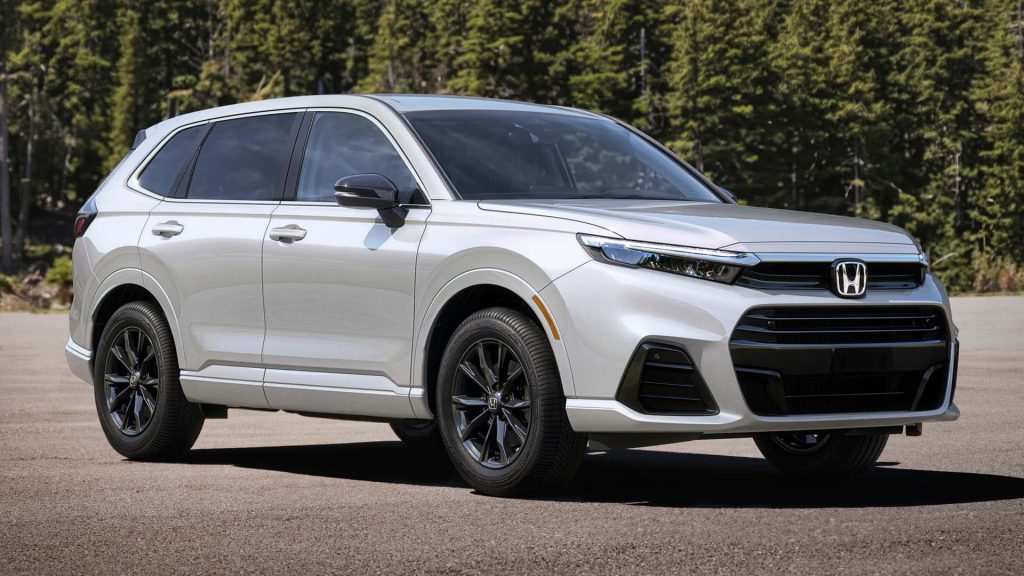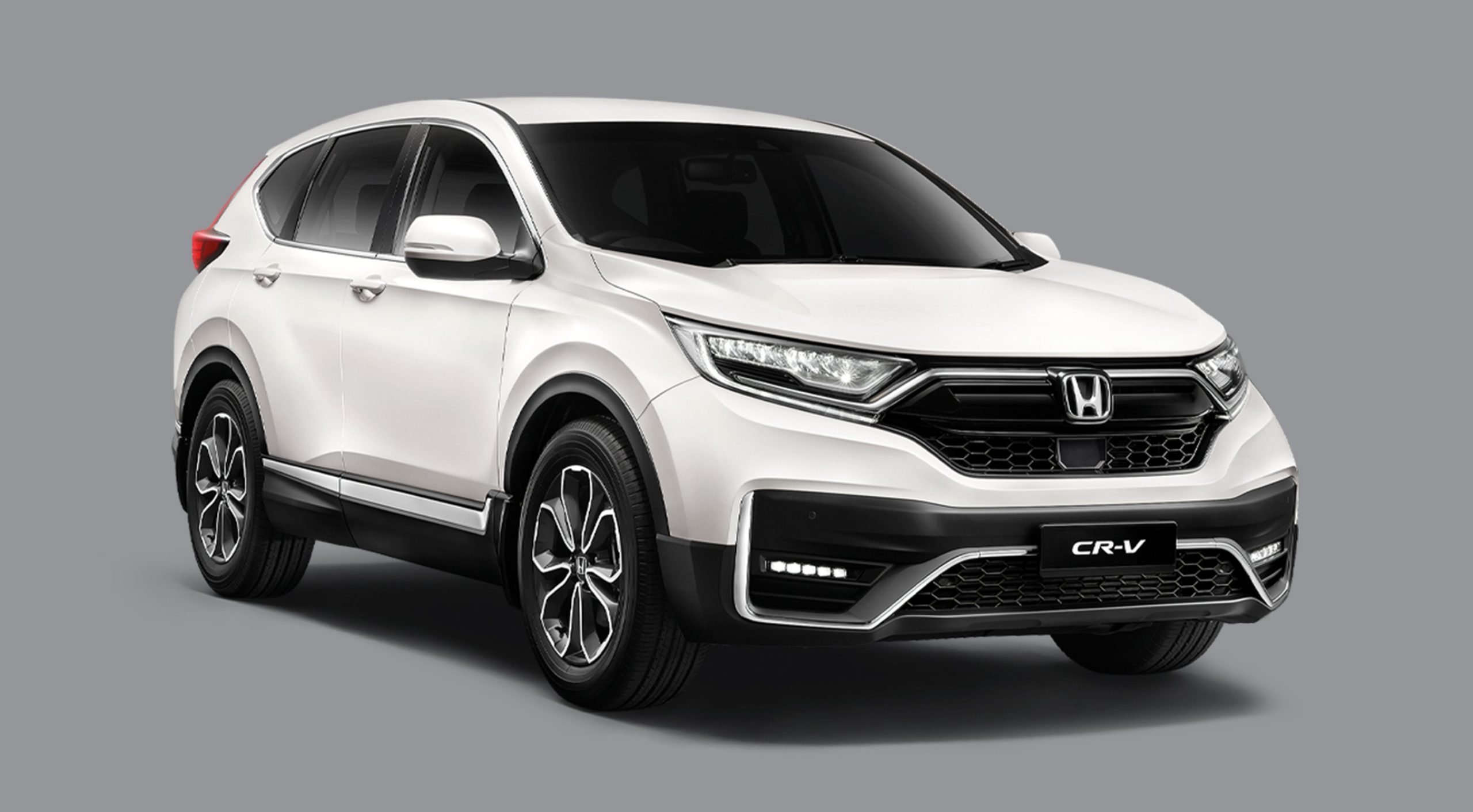Common Honda CR-V Maintenance Issues | Troubleshooting Guide 2025
🚗 Overview: A Reliable SUV with Predictable Pitfalls
The Honda CR-V is one of the most dependable and best-selling compact SUVs in North America. Praised for its comfort, spacious interior, fuel efficiency, and value, the CR-V has a reputation for long-term reliability. However, like all vehicles, it is not without its share of maintenance issues, especially as it approaches higher mileage.
In this detailed guide, we’ll uncover the most common Honda CR-V maintenance issues, including:
- Engine performance concerns
- Transmission glitches
- HVAC problems
- Suspension and steering wear
- Electrical or infotainment failures
Whether you drive a brand-new 2025 CR-V or an older model, this guide will help you stay ahead of problems and avoid unnecessary repair costs.

🔧 Common Honda CR-V Maintenance Issues – Complete 2025 Guide
⚙️ 1. Honda CR-V Engine Problems
🧰 Common Issues:
- Excessive oil dilution (mostly in 2017–2019 turbocharged models)
- Engine stalling or hesitation
- Irregular idle speed
The 1.5L turbocharged engine introduced in recent years was known for fuel mixing with engine oil, especially in cold climates. While Honda issued service bulletins and software updates to address the issue, it’s still something to monitor.
🔧 Solution:
- Change oil every 5,000–7,500 miles, not just by the maintenance minder
- Use synthetic oil recommended by Honda
- Ensure updates and recalls have been performed at a Honda dealership
🧠 Tip: Let your CR-V warm up in cold weather to reduce oil dilution risks.
🔄 2. Transmission Concerns
Most CR-Vs feature a CVT (Continuously Variable Transmission), which prioritizes fuel economy but can face wear over time.
🧰 Common Issues:
- Shuddering or jerky acceleration
- Whining or humming noise
- Hesitation when shifting into gear
These issues are most prevalent in older CVT models (2015–2020), often due to delayed fluid replacement or using non-Honda fluids.
🔧 Solution:
- Replace CVT fluid every 30,000–60,000 miles
- Only use Honda-certified CVT fluid
- Avoid hard acceleration or towing heavy loads regularly
🛑 3. Brake System Wear
Brake components naturally wear down over time, but CR-Vs can develop problems faster with frequent stop-and-go driving or improper maintenance.
🧰 Common Issues:
- Warped rotors causing vibration
- Premature brake pad wear
- Squeaking or grinding sounds
🔧 Solution:
- Inspect brakes every 15,000 miles
- Replace pads around 25,000–50,000 miles
- Machine or replace rotors if vibration is felt
🧠 Note: OEM Honda brake parts tend to last longer and perform better than generic replacements.
❄️ 4. HVAC and A/C Failures
A known issue with 2016–2020 Honda CR-Vs involves A/C compressor failure or weak airflow. Many drivers reported air not cooling properly, or complete system failure within a few years.
🧰 Common Issues:
- No cold air from vents
- Clutch failure in compressor unit
- Leaks in refrigerant lines
🔧 Solution:
- Replace cabin air filter every 15,000 miles
- Service A/C annually and check for refrigerant leaks
- If airflow drops, inspect blower motor and cooling fans
Honda extended warranty coverage for some A/C systems due to widespread complaints—check your VIN for eligibility.
🛞 5. Suspension and Steering Issues
The Honda CR-V provides a comfortable ride, but components wear down—especially if driven on rough roads or over speed bumps frequently.
🧰 Common Issues:
- Clunking noises over bumps
- Worn bushings or sway bar links
- Power steering fluid leaks in older models
🔧 Solution:
- Inspect suspension every 60,000 miles
- Replace shocks/struts as needed (often around 80,000–100,000 miles)
- Keep tires balanced and aligned to reduce steering wear
🔌 6. Electrical and Infotainment Issues
Some CR-V models have experienced glitches in the touchscreen, Bluetooth, or electrical accessories, particularly in 2017–2022 trims.
🧰 Common Issues:
- Touchscreen freezing or lagging
- Bluetooth disconnecting
- Battery draining unexpectedly
🔧 Solution:
- Keep software updated at the dealership
- Inspect battery and alternator health annually
- Disable unused features like Wi-Fi or navigation updates when not needed
🧰 Routine Maintenance Schedule for Honda CR-V
| Service Item | Recommended Interval |
|---|---|
| Oil & Filter Change | Every 5,000–7,500 miles |
| CVT Transmission Fluid | Every 30,000–60,000 miles |
| Brake Fluid | Every 3 years |
| Coolant Replacement | Every 100,000 miles |
| Cabin Air Filter | Every 15,000–20,000 miles |
| Spark Plugs | Every 100,000 miles |
🧠 Pro Tip: Always follow the Maintenance Minder system on your dashboard, but err on the side of caution if you drive in severe conditions.
📉 What CR-V Model Years Have More Issues?
While most CR-Vs are reliable, some model years have seen more frequent complaints:
- 2017–2019: Oil dilution issue in turbo engines
- 2016–2020: Widespread A/C compressor failures
- 2012–2014: Power window switch failures and minor electrical bugs
- 2007–2011: Engine mounts and power steering issues
Check for recalls and Technical Service Bulletins (TSBs) before purchasing or maintaining a used model.
❓ FAQ Section- Common Honda CR-V Maintenance Issues
🔎 What are the most common problems with a Honda CR-V?
The most common maintenance issues include engine oil dilution, CVT transmission shudder, A/C compressor failures, brake wear, and infotainment glitches.
🔎 How long do Honda CR-Vs typically last?
With proper maintenance, a Honda CR-V can easily last 200,000 to 300,000 miles. Many owners report over 15 years of dependable use.
🔎 Is the Honda CR-V expensive to maintain?
No. Compared to other compact SUVs, the CR-V has low maintenance costs and excellent long-term value, especially when serviced on schedule.
🔎 How can I prevent oil dilution in my CR-V?
Warm up your vehicle in cold weather, change oil regularly, and ensure all Honda service updates have been completed—especially for 2017–2019 turbo models.
🔎 Does the Honda CR-V have transmission problems?
Some CVT-equipped CR-Vs (2015–2020) may experience shuddering or hesitation, typically resolved with timely fluid changes and software updates.
🔑 Suggested- automotive parts
- A-Premium Iridium Platinum Spark Plugs Compatible with Honda CR-V
- 2PCS Engine Air Filter Fit for Honda CR-V 23-25
- ECOGARD XA10498 Premium Engine Air Filter Fits 2017-2022 Honda CR-V, 2016-2021 Civic
🏁 Final Thoughts: Maintain Your CR-V, Maximize Its Life
The Honda CR-V continues to be a leading SUV thanks to its balance of performance, fuel efficiency, and reliability. But like any vehicle, it requires routine attention and preventive maintenance to stay in top shape.
By staying ahead of common issues—from oil dilution to transmission fluid changes—you can keep your CR-V running smoothly for years to come. Whether you’re driving a 2025 model or one from a decade ago, regular care pays off in performance, safety, and resale value.
To learn more, click here.






